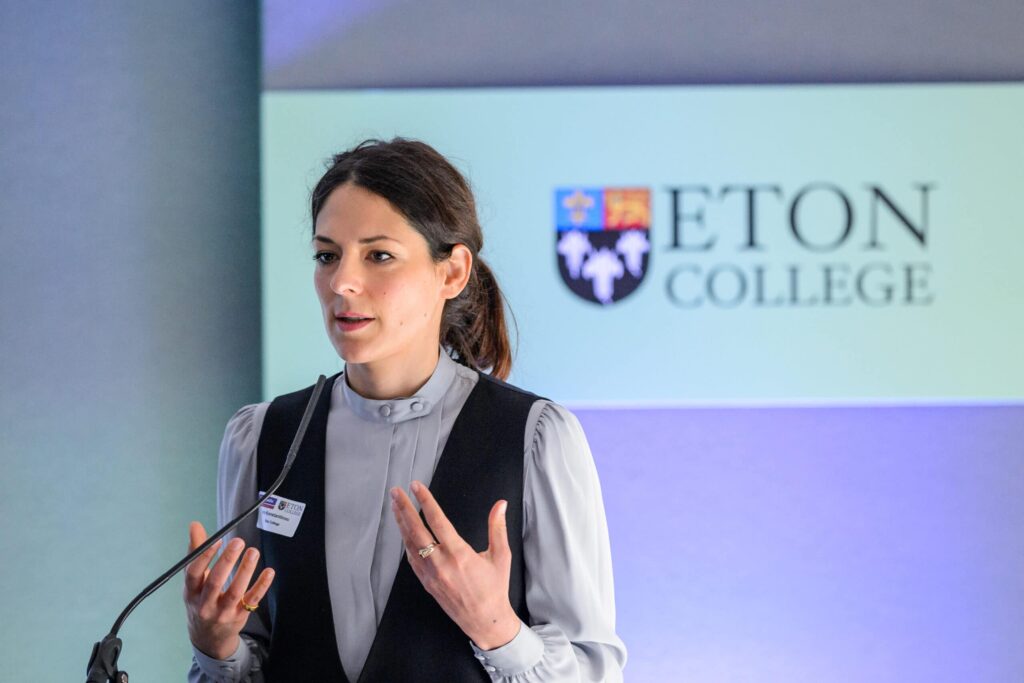This week, we hosted our first Teaching and Learning event of the year, themed around “Teaching to the Top”. This event was based on our recent journal publication, which explored strategies for raising attainment at GCSE.
Our guest speakers were Haili Hughes and Mark Leswell. Below we give some key takeaways from their articles.
Professor Hughes argues that “teaching to the top” means planning lessons which are aimed at the top. Students are challenged from the outset, rather than adding stretch tasks later for those who might be able to engage with those. Teaching to the top is all about consistently teaching high-level ideas and knowledge.
1. Start with the top, not the middle
Professor Hughes argues that “teaching to the top” means planning lessons which are aimed at the top. Students are challenged from the outset, rather than adding stretch tasks later for those who might be able to engage with those. Teaching to the top is all about consistently teaching high-level ideas and knowledge.
2. Scaffold access, then fade it
To make high-level content accessible to all, teachers should provide scaffolds early but gradually remove them, so all students engage independently.
3. High expectations involve caring
Haili connects high expectations with care: teachers who believe in students’ potential naturally offer more support, questioning, feedback, and encouragement.
4. Frequent checks for understanding are non-negotiable
Without formative checks, it’s impossible to know who is actually following, and who is silently lost. These checks allow responsive adaptation of instruction.
5. Check regularly on your subject knowledge
One of the most important things a teacher can do is ensure they have subject expertise. It is important to audit one’s knowledge regularly and continually work with colleagues within departments for purposeful CPD.
6. Design ambitious curricular
Teachers or those responsible designing curricular need to ensure that the content is challenging and provides rich knowledge. There also needs to be a clear sequence as pupils progress through the years, so that they build strong foundations for core topics in each subject.
7. Don’t confuse difficulty with effective challenge
Mark Leswell warns about “accidental challenge”: complexity that overwhelms rather than instructs. True cognitive challenge must align with learners’ capacity.
8. Manage cognitive load deliberately
He draws on Cognitive Load Theory: reduce extraneous load (poor layout, split attention) and free up working memory for productive thinking (germane load).
9. Beware split attention and redundancy
Presenting related information in disconnected places (text here, diagram elsewhere) or duplicating the same content in multiple modalities can introduce unhelpful load.
10. Tailor support to levels of expertise
For novices, worked examples help; for more expert learners, independent problem-solving is more beneficial. Gradually fade scaffolds as expertise develops and monitor for signs of unnecessary support creating boredom in more knowledgeable pupils.
If you want to read their full articles, please have a look at our journal here.




